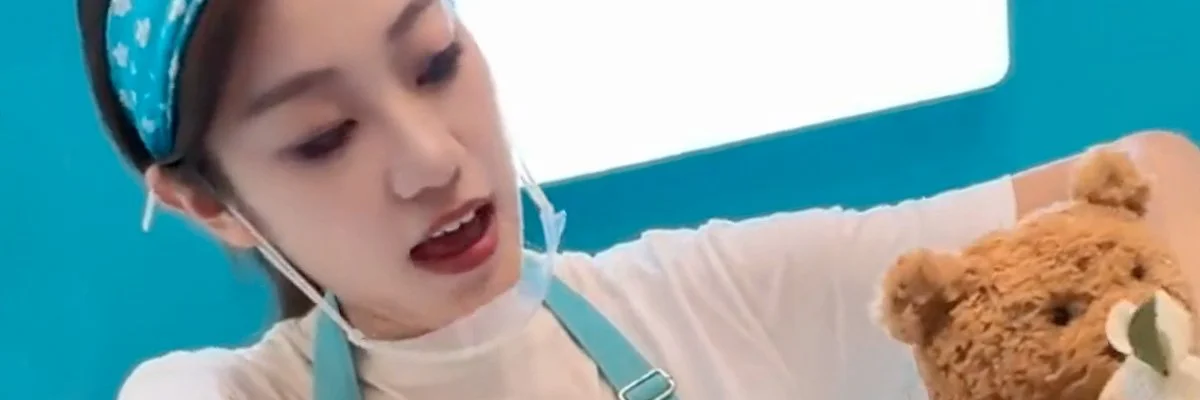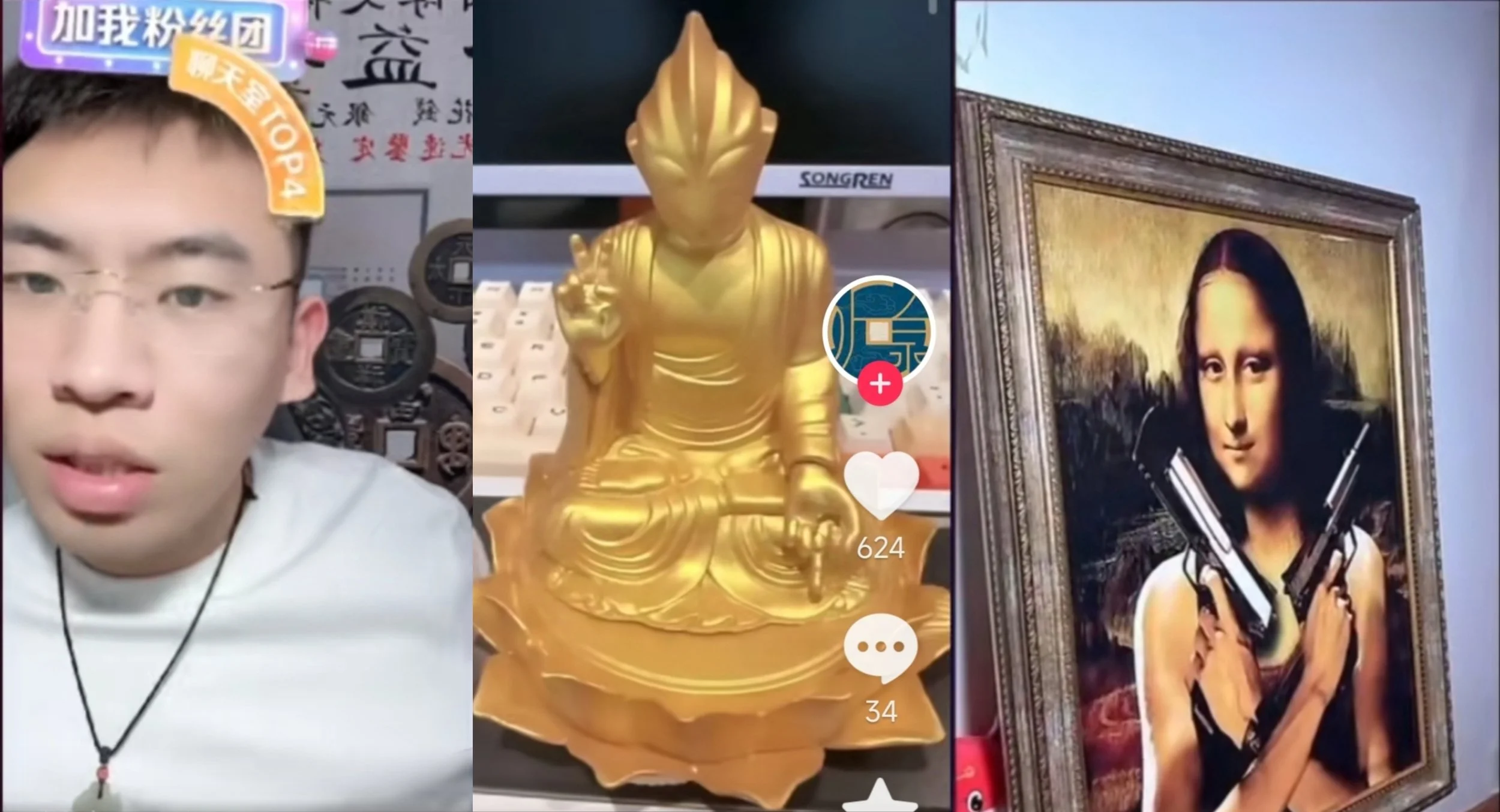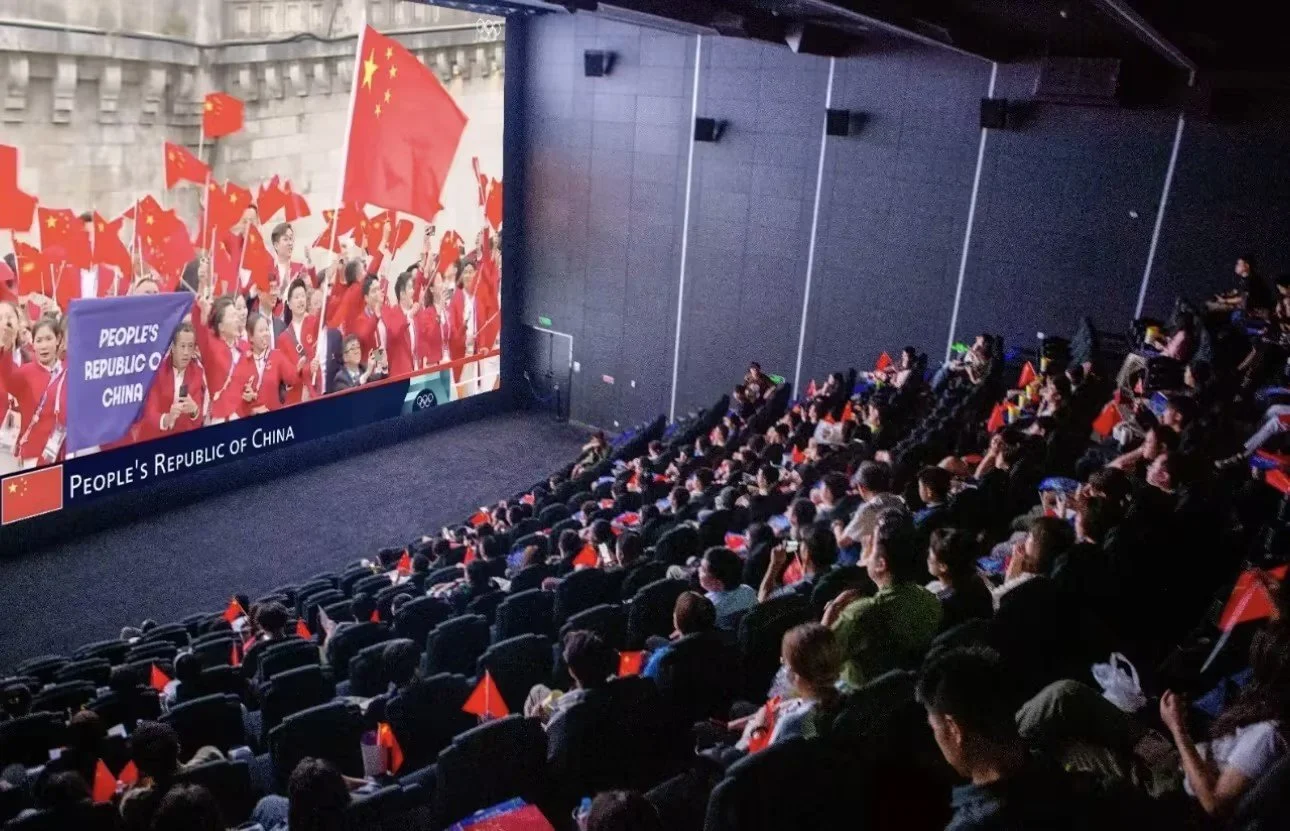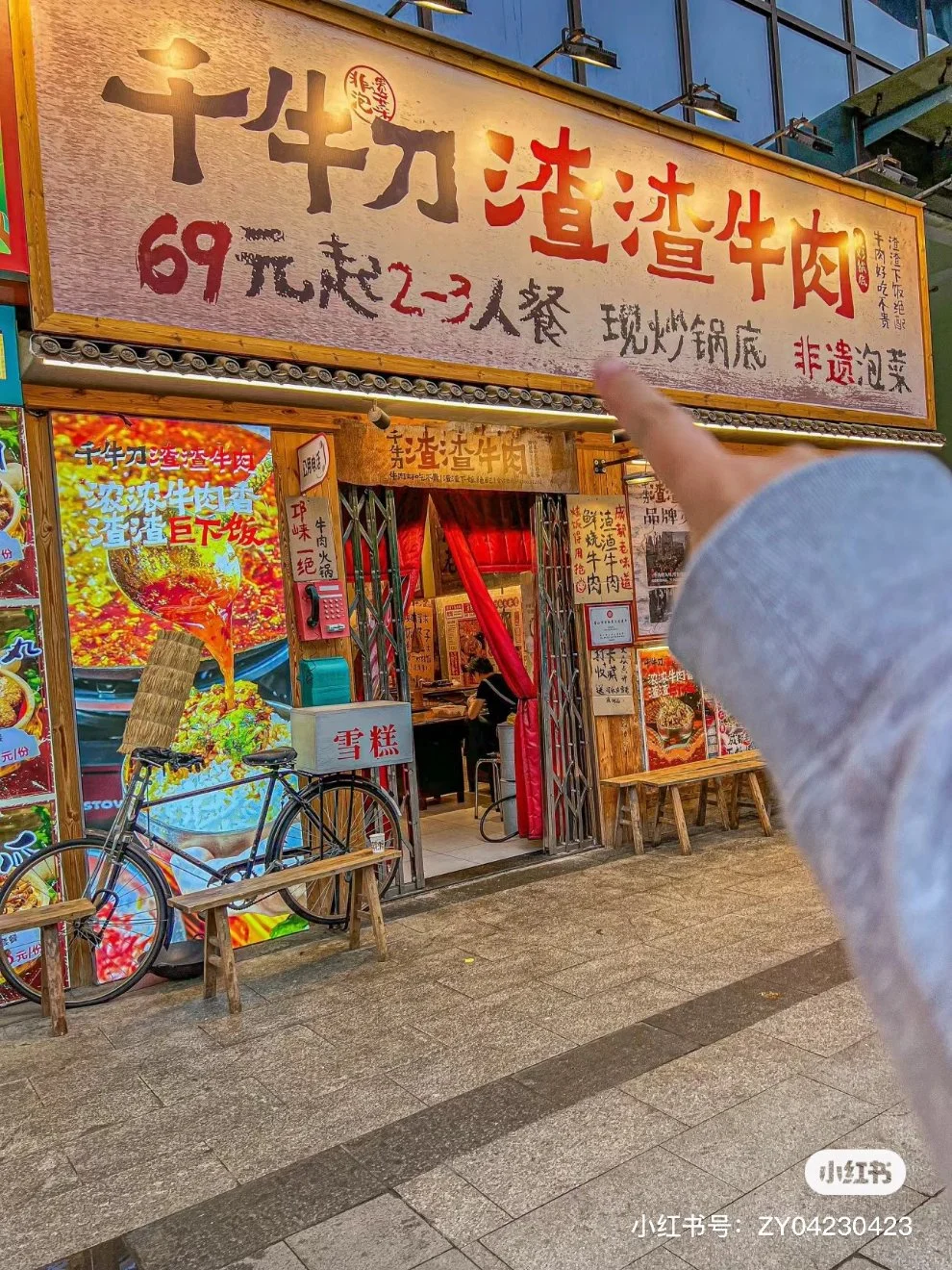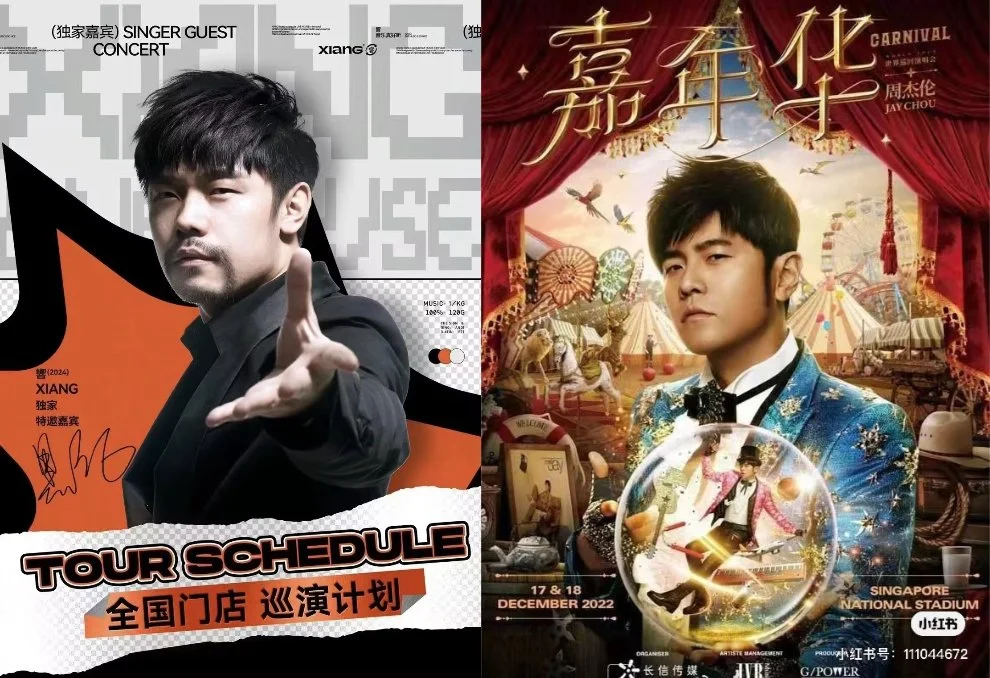How brands are tapping into trending Otome games (乙游)
Otome games, also known as romance simulation games, are designed specifically for a female audience. Female gamers number 330 million, almost half of China’s gaming population. After the success of Mr Love: Queen's Choice (恋与制作人), a mobile romance simulation game in 2017, developed by Paper Studios, it has once again captured the female gaming market with the launch of a new 3D romance mobile game Love and Deepspace (恋与深空) in January.
Love and Deepspace quickly drew a large player base. According to huo1818.com (炼丹炉), on its launch day, the game’s topics garnered over 6 billion views, with first-week revenue exceeding ¥150 million ($21m), averaging 48,490 downloads, and peaking at 113,268 downloads in a single day. At the same time, NetEase's otome game Beyond the World (世界之外) also performed impressively, with weekly revenue surpassing that of Genshin Impact (原神).

Trending Otome game Love and Deepspace. Image: 36Kr

Trending Otome Game Beyond the World. Image: Netease Game
According to Fastdata, China's gaming market generated ¥303 billion ($42b) in revenue in 2023, marking a 13.9% year-on-year increase. The demand for anime-style games was particularly strong, with the market size reaching ¥31.7 billion ($4.4b) in 2023, reflecting a 31% year-on-year growth, significantly outpacing the overall industry growth rate. Role-playing games remained the most dominant genre, accounting for 31% of the top 100 mobile games by number and 29.6% of the total revenue share for top 100 mobile games in China in 2023.
The commercial value of otome game IP has been widely acknowledged across various industries. Many brands have taken the opportunity to collaborate, blending game elements into their products or services. This creative fusion has turned collaborative marketing into a tangible game content experience. Such cross-industry partnerships have not only increased the exposure of otome game IP but also boosted the market performance and brand influence of the associated products, creating a win-win scenario for everyone involved.

Brands use collaborations to blend game elements with their own products or services, creating a unique marketing experience. For instance, on Valentine's Day, HEYTEA collaborated with Tencent's immersive Otome mobile game 'Love of Light and Night (光与夜之恋).' HEYTEA transformed its stores into 'Light City Marriage Registration Centers,' where consumers could purchase special packages, get game-related items, and "marry" their favorite in-game characters, replicating the romance found in the game. Images: Xiaohongshu @HEYTEA喜茶

Unilever’s ice cream brand WALL’S 可爱多 x Otome mobile game 'Love of Light and Night (光与夜之恋) collaboration. Each ice cream flavour matches a male character in the game. Image: WALL’S

Judydoll x Otome game Tears of Themis (未定事件簿) collaboration. Image: Xiaohongshu @Judydoll 橘朵
Female players find self-satisfaction and emotional value in these virtual romance games. For brands to tap into the commercial potential of otome game IP, they must first understand the otome game audience, respect their preferences, and recognize their emotional needs. Brands should also look for common ground between the game characters and their products, creating marketing content that closely aligns with the characters' personas to maximize the impact of the collaboration.
POPMART's Labubu's popup in London's Harrod's is symbolic of increasingly global Chinese brands, and the plenty of lessons that come from them
A concise yet holistic summary of February 2025’s key marketing developments in China, highlighting valuable insights and their implications for brands.
The record-breaking triumph of Ne Zha 2 confirms that compelling storytelling, rooted in Chinese culture and reflective of current societal sentiment, can profoundly influence consumer behaviour.
A Harper’s Bazaar campaign featuring hotpot CEOs is a testament to the power of blending fashion, culture, and business leadership. It not only redefines the role of CEOs in branding but also highlights broader trends in cultural revival, emotional connection, and experiential marketing.
MINISO has launched MINISO LAND, attracting massive crowds. Its first global “IP theme park-style” flagship blends globally- known IPs into an immersive shopping experience.
China Skinny’s review of key marketing trends and lessons we observed over the month of October 2024.
Moncler invested $28 million in the one-day "The City of Genius" event in Shanghai, blending global vision with local creative culture. For foreign luxury brands, the Chinese market remains unparalleled, and Moncler’s showcase sets a powerful example of how to captivate and inspire younger Chinese consumers.
The runaway growth of China's collectable toy market hasn't just stemmed from the toys themselves, but the ritual and occasion of the purchase journey - Jellycat's pop up cafe is case in point
Traditional collectibles have become a form of social currency among young people. From spiritual comfort to stylish accessories, livestreams and e-commerce have made these pieces more accessible. And people watch appraisal livestreams for whacky collectibles as an entertainment.
With the Mid-Autumn Festival approaching, mooncakes—an essential traditional treat—are once again showcasing innovative and exciting variations. This round up of intriguing and unusual mooncakes may provide inspiration for product development beyond the traditional treat!
Wukong is a huge deal in China, not just being the first AAA game and record sales and players, but for its wider impacts on consumer behaviour and branding opportunities
Founded in 2019, Tiaohai Village (跳海酒馆) is a community-driven pub brand. Despite having around 30 locations nationwide, it's said to have achieved over ¥100 million ($14m) in revenue in 2023, together with over 200 highly active online alcohol communities. Check it out to learn about what sets Tiaohai apart from other pubs and how it truly connects with Chinese young people emotionally.
On August 20, the game Black Myth: Wukong officially launched. As China’s first 3A title, it has not only taken the Chinese gaming industry, social media, and stock market by storm, but has also gained worldwide attention.
As Chinese Valentine's Day, Qixi Festival (七夕节) conveys Chinese-style unique romance between lovers and couples. Check it out to see how brands are embracing this traditional festival in creative ways.
Chinese movie theatres live-streamed the Olympics’ opening ceremony and events for the first time, filling up with young people captivated by the experience
China has an estimated 330 million female gamers, accounting for nearly half of the gaming population. This year, the commercial potential of Otome games—romance simulation games designed for female players—has become evident. Many brands, from food to beauty, have started collaborations with Otome games.
The opening ceremony of the Paris Olympics, along with other parts of the Games, hasn’t been without controversy, but Chinese brands like Yili, HEYTEA and Kuaishou have capitalized on the interest of the spectacle to launch impressive marketing campaigns.
As competition in the Chinese dining market intensifies once again, a number of low- and mid-range brands are directly writing their prices on their storefronts. Although this move is direct, the results have seen brands begin to imitate this set of marketing methods.
Have you watched the hit TV series The Tale of Rose that premiered this June? High-quality TV series like these offer a fantastic opportunity for brands to achieve their marketing goals in China. Check it out to see how they help brands make an impact.
Once an old, obscure brand selling posture-correction brace, Babaca has achieved a successful comeback by leveraging celebrity and KOL marketing, but many people question it is a ‘IQ tax'.
With the explosive popularity of Jay Chou's Carnival Tour, his impersonators have also started their own live tours with super-expensive VIP tickets almost sold out
Today, Chinese youth are enthusiastically exploring local museums. Brands are tapping into this trend by launching museum IP collabs. Check out the interesting McDonald’s case...
Beyond the ubiquitous yoga pants, every fitness enthusiast's wardrobe now includes at least one sculpting bodysuit. They are also ideal for hot girls’ summer outfit.
A bakery in Hangzhou drew many customers with its "9.9 Yuan" marketing slogan in May. Since then, numerous low-price bakeries have popped up across the country.
Chinese household cleaning brand Blue Moon illustrates that even local brands can be very out of touch with the target audience, providing a case study of how not to market and do PR in China
Mother’s Day ads showed how socially attuned brands are to mums, with some great campaigns but also some woefully inappropriate
Chinese students in the U.S. taken by its popularity in North America, coupled with effective positioning, collabs and KOLs in China has made this fashion accessory a must-have with middle class Chinese women
As oat milk’s popularity fades in China, rice milk appears to be the next cab to fill the plant-based gap, with the familiarity and versatility of rice milk being combined with big health claims
To help China’s mental health transition from the taboo-to-talked about, Chinese found cute toons as an effective way to communicate their feelings, and they are now taking off as marketing tools
Brand initiatives around this Year’s Women’s Day have had a lot more substance and authenticity in China, including these six examples








